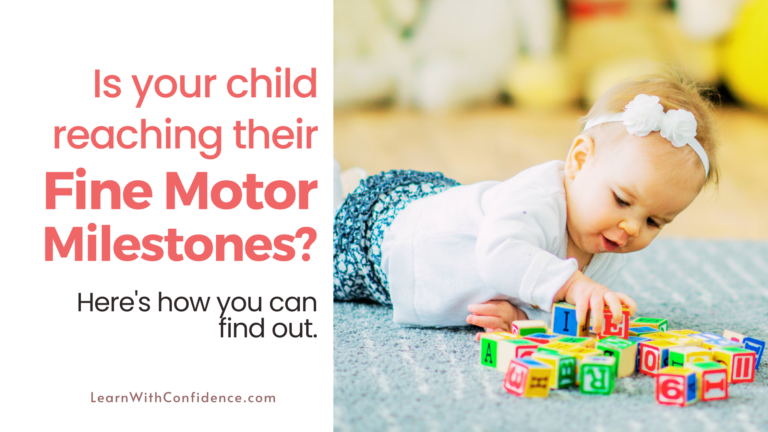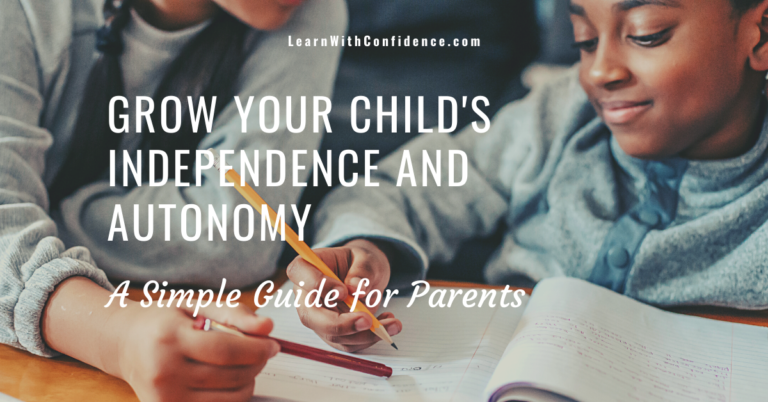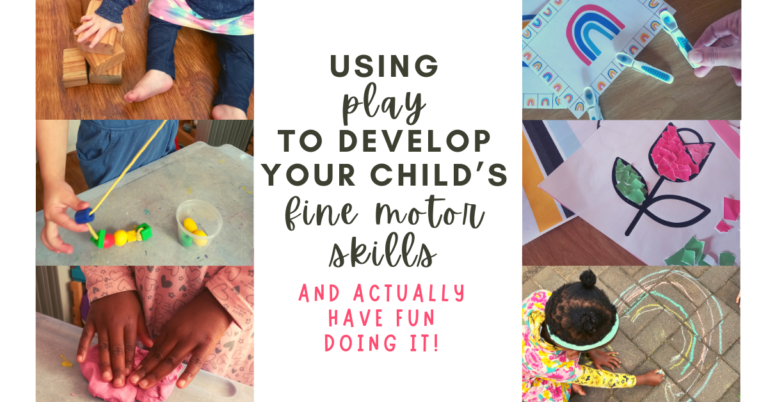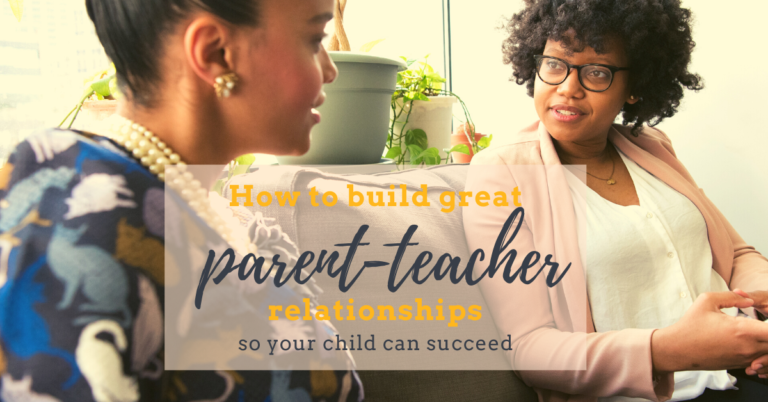Challenges in Homeschooling: Balancing Structure with Exploration in Early Childhood Homeschooling
It’s a real battle facing all homeschooling moms – how do I balance out structured activities and learning with moments where my child can explore and learn beyond the curriculum?
We want to create this magical and dynamic learning environment that effectively supports both structured learning and child-led exploration.
But sometimes it can feel impossible with the unique challenges we face as homeschooling moms.

Challenges That Make Balancing Structured and Unstructured Learning Difficult
Time Management in Homeschooling
You wear SO many hats! You have so many things to keep track of and so much to “keep going” in your home.
From the homeschooling responsibilities of teaching and leading learning to household duties like laundry and dishes. And if you work part time or remotely, that’s another layer to add to the multitude of responsibilities you’re taking care of.
Structured learning demands adherence to specific goals and timelines, while child-led exploration thrives on flexibility and unpredictability. Balancing these contrasting needs within our daily schedules can be so difficult. You may find yourself leaning into one or the other.
Striking the right balance requires thoughtful planning and a willingness to adapt as needed to accommodate both types of learning.
Are you struggling to manage it all in your homeschool?
>> Wanting to plan your year but don’t know how
>> Finding the dreamy curriculum that you want to keep
>> Having too many subjects going on to focus on improving your homeschool
>> Creating smooth schedules and routines
>> Getting results for your kids
>> Creating your own resources once things go well
>> Having multiple kids to teach to that vary all across the age spectrum, learning spectrum, and development spectrum
Register NOW for the FREE Homeschool Moms Summer Summit!
Over 5 days you’ll hear from 50 speakers about everything from year round homeschooling to back to homeschooling to creating a sweet homeschool lifestyle you can call home. You’ll enjoy the specific life skills workshops we’ve gathered *just for moms* as well as the faith + encouragement workshops too!
Homeschool Curriculum Constraints
I think, especially if you were a teacher before, you probably feel this a bit more – the weight of adhering to a prescribed curriculum or educational standards.
There’s not much room for spontaneous exploration driven by our children’s interests and curiosity.
The pressure to cover specific content within set timeframes can overshadow the potential for organic, curiosity-driven learning experiences.
Navigating these constraints while nurturing a love for learning and allowing space for our children to delve into topics of personal fascination requires creativity and flexibility in our approach to homeschooling.
Balancing Different Learning Styles and Needs
Every child is unique, each with their own preferred learning style and pace of learning. If you’re homeschooling more than one child you’re nodding your head right now I’m sure!
Some kids thrive with structured routines and clear expectations, while others flourish when given the freedom to explore and discover at their own pace.
The beauty of homeschooling is that we can adapt our teaching methods to cater to these diverse needs of our children, in a way that traditional schooling is unable to.
But knowing enough about different learning styles, developmental stages, learning challenges and preferences can feel daunting. And that means balancing all that diversity can be a constant challenge.
It requires us to continually assess and adjust our approach, ensuring that each child receives the support and encouragement they need to thrive academically, developmentally and emotionally.
(Image – Register NOW for HMSS)
Strategies To Overcome These Challenges
As we navigate these challenges, it’s essential to remember that there is no one-size-fits-all approach to homeschooling. And that’s actually a blessing! Because you know your child, Mama! And you can have the freedom to adapt to your unique home and family situation.
Here are some strategies that may help us find harmony between structured learning and child-led exploration:
1. Create a Flexible Schedule
When you plan out your homeschool year, quarter, month or week, think about the topics and themes and where you can give space and time for child-led exploration.
Develop a daily or weekly schedule that works for you, including dedicated time for structured lessons alongside blocks of time reserved for child-led exploration.
Be sure to factor in some “white space” into every day’s schedule. This does a few things: It reduces the pressure of having to stick to time blocks, it gives you the space for an activity to “run over” time wise, and it gives your children space in their day to play, be creative or even just “do nothing” so they can be rested and process their day.
Flexibility in scheduling allows us to capitalize on moments of curiosity and interest, while also ensuring that essential learning goals are met.
2. Integrate Hands-On Learning Activities
Children are concrete learners and they learn best through play!
Try to incorporate hands-on activities, experiments, and projects into as much of your curriculum to engage children in active learning experiences.
These activities reinforce concepts taught through structured lessons but they also stimulate creativity and critical thinking through exploration and discovery. These activities are still structured in a sense, but they allow your child to see that when we learn out-of-the-box, we can explore new possibilities.
3. Follow Their Lead
Children are naturally curious and creative! They come up with the most bizarre fearless solutions to problems – things we would never think of.
(And granted the laws of nature and physics don’t always support the reality of these creations…but that’s what structured learning will help them with, right?)
Observe and listen to your children’s interests and curiosities. Use their natural inclinations as a guide for incorporating topics and themes into your homeschooling journey.
You may have to get creative about how to incorporate this into your structured curriculum, but here are some examples:
- Your child loves soccer – teach them about angles related to shooting a goal
- Your child loves painting – let them create a beautiful painted artwork related to the topic you’re learning about
- Your child loves being sociable – let them interview their friends and family about a theme you’re covering
- Your child loves dancing – teach them the physics of balance and turns
Encouraging them to pursue their passions fosters intrinsic motivation and a deeper engagement with learning. And this is something unique to homeschooling – you CAN do this with your children!
4. Embrace Flexibility and Adaptability
Flexibility is something I value SO much as a mom, because life is SO unpredictable. So you’ll hear me say things like, “That’s ok, we’ll make a plan.” “Don’t worry, we’ll work around it!”
Being prepared to adjust your plans and expectations based on your children’s evolving needs and interests is so vital in homeschooling.
Structure provides a sense of stability and security for our children, and this is one of the reasons structured learning is so important. But flexibility allows for spontaneity in learning opportunities.
And when life throws us curve-balls we can still make the most of every opportunity!
5. Foster a Love for Learning
The goal with teaching should always be to foster a love of learning.
Nurture a positive attitude towards learning by making connections between lessons and real-life experiences. When children see how what they’re learning in their curriculum is applicable to their reality, they are more likely to be engaged and enthusiastic about what they’re learning!
Show enthusiasm for exploring new topics together and encourage questions and curiosity.
Creating a supportive learning environment where mistakes are viewed as opportunities for growth helps children develop resilience and a lifelong love for learning.

Overcoming Challenges with Confidence
We just want to provide our children with a well-rounded education that nurtures their intellectual curiosity, healthy development and emotional growth.
Balancing structured learning with child-led exploration must remain at the heart of our homeschooling efforts.
We don’t need to feel bogged down by the challenges. We are problem-solvers! And that’s what we’re going to do. Implementing strategies that support both approaches to learning, empowers our children to thrive academically while fostering a lifelong love for learning.
Want to learn more about how you can balance Structure Learning and Child-led exploration in your homeschool, watch my workshop in the Homeschool Moms Summer Summit!
>> Click here to get your FREE TICKET today!<<
Upgrade to the VIP Pass for Lifetime replays and bonuses valued at over $5000!






